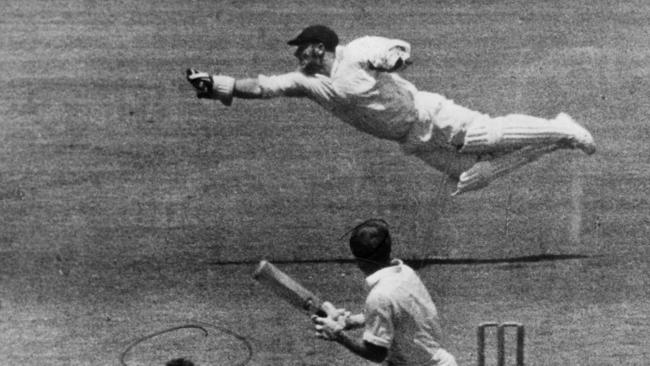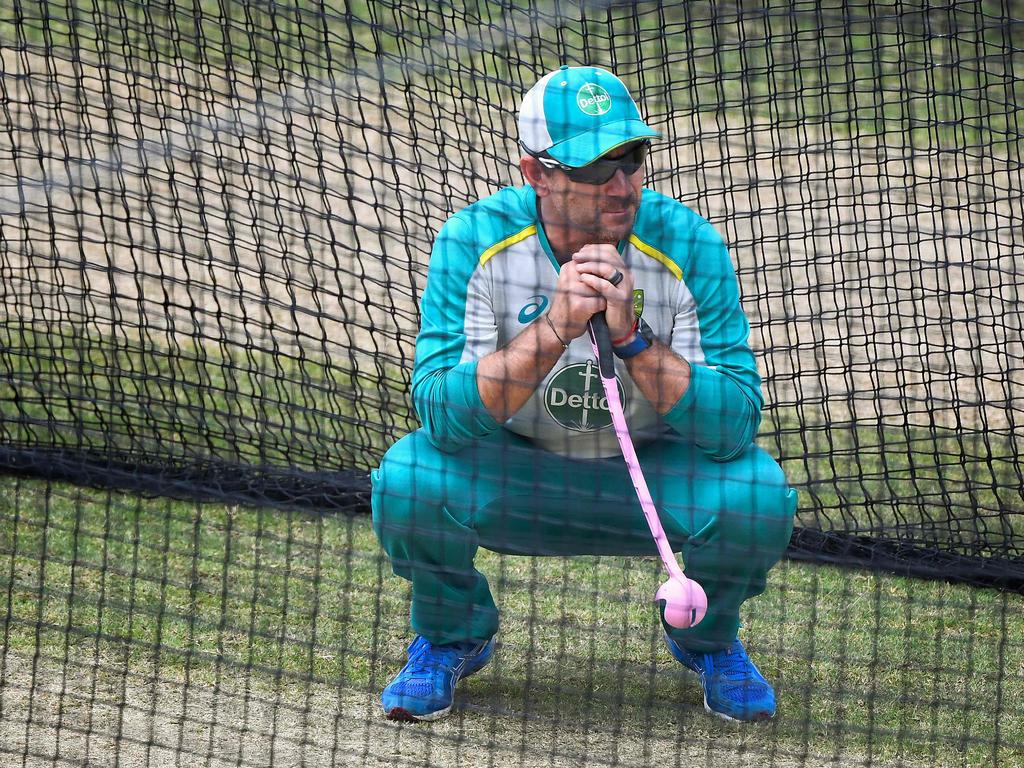The format that changed cricket reaches a half-century
Tuesday marks a sturdy half-century since cricket’s inaugural one-day international — the first of 4267 and counting.

Against this, let’s offer a proper anniversary going almost entirely unmarked. Tuesday marks a sturdy half-century since cricket’s inaugural one-day international — the first of 4267 and counting. The lack of a commemoration is a tribute to its ubiquity. The origin of the things that really change the world often go unremembered, so much of a part of our lives do they become.
The ODI is so seemingly passe that one hardly bothers to spell it out any longer, or to deploy the singular. Where Test matches maintain separate identities, limited-overs games tend in discussion to get rolled together as “the ODIs”.
Where there’s general concurrence that the World Test Championship is perfectly naff, nobody even bothers complaining about the World ODI Championship, barely less so.
How many know that it actually features a score of countries, including Papua New Guinea, Namibia and Oman? How many are aware that it is played for a shield that Wonder Woman would have scorned?
The paradox is that ODIs still bring more money into cricket than any other format, thanks to the Indian public’s inexhaustible appetite for them, and that they remain the nearest vehicle cricket has for determining a world champion, thanks to the World Cup.
The 1983 World Cup final, won by India, was epoch-making in being that country’s first taste of global domination; the 2019 World Cup final, won officially by England if perhaps morally by New Zealand, ranks among the most crazy-brilliant matches of all time. Among great Australian sporting occasions, the Cup semi-final of 1999 against South Africa, the match of Waugh and Warne, of Klusener and Donald, has seldom been excelled for drama and pathos.
Yes, there are a great many immemorable ODIs, but there are forgettable Tests also, while I only vaguely recall the Big Bash League match I watched last night, and two days hence will remember nothing at all.
Broadly speaking, you can trace one-day cricket back to the work of an English think tank, Political and Economic Planning, which in a far-seeing 1956 report cast a bleak eye on the state of county cricket, stagnating on the field and financially marginal off it.
PEP stated that cricket “could not survive on gate revenue alone’, and was “fighting a losing battle against shortage of capital, shortage of income and shortage of the highly skilled labour the game requires”.
The stern recommendations of the report, which included playing first-class cricket only at weekends, caused it to be rejected out of hand. But the soul searching it caused at the Marylebone Cricket Club, then the locus of power in English cricket, resulted eventually in the Gillette Cup: a limited-overs county knockout that effectively created the first new format of the 20th century by succeeding immediately.
Australia, which had not the same sophisticated professional system, was far slower to assimilate the variation, although it brushed up against it from time to time.
The last game of Australia’s 1964 Ashes tour was a 50-over match at Hove against the winners of the Gillette Cup, Sussex, handily won with a hundred from Peter Burge. The last game of Australia’s 1966-67 tour of South Africa was a 50-over match against a full-strength “South African XI” in Johannesburg, which the Springboks won thanks to an unbeaten 132 by Graeme Pollock — a game strangely overlooked by history.
Australia did not introduce a domestic limited-overs competition until November 1969, and then rather apologetically: it was not only staged while the national team was abroad but also involved New Zealand, who won comfortably.
The six-match Vehicle & General Australasian Knockout Competition, nonetheless, is noteworthy as the first time the Australian Board of Control, as it then was, sold naming rights to a sponsor — an English automotive insurer who inauspiciously went broke six months later.
It also provided a context for the spontaneous decision to stage the inaugural ODI. The Third Test of the 1970-71 Ashes was scheduled to start on Thursday 31 December, with play on Friday, Saturday, Monday and Tuesday interrupted by a Sunday rest day.
No sooner had Ray Illingworth beaten Bill Lawry at the toss and boldly sent Australia in than it teemed with rain for most of the next two days. Melbourne Cricket Club secretary Ian Johnson startled the players with his insistence that play would commence the instant rain stopped, with Illingworth describing the inevitable sequel: “Then he went out to have a look at the ground himself and fell flat on his backside, to the undisguised delight of the whole England party.”
Earnest conclave ensued, involving Sir Donald Bradman and Bob Parish as members of the Australian Board, and three Marylebone representatives. It’s interesting that the ODI only eventuated after the group had rejected the first alternative, which was to revive the Test as a four-day match by dispensing with the rest day.
Their first announcement was a stiff rejoinder to press critics of their inflexibility: “Careful consideration was given to Sunday as a playing day but, as the match had commenced consequent to the toss being made, the game was covered by the laws of cricket, and no alterations should therefore be made.”
As Percy Beames commented in The Age: “Try and tell cricket followers a game is in progress when a ball has not been bowled nearly 48 hours after the start.” Far from being a light bulb moment, then, the game on January 5, 1971 of 40 eight-ball overs a side was a compromise before it was an accidental success in an otherwise austere Ashes summer.
Footage shows players in chaste white clothing and a ground girt in bare white pickets, but spectators in serried ranks: 46,000 of them being more than twice as many as expected.
It was also Australia’s first officially sponsored game of international cricket, the tobacco giant Rothmans kicking in $5000 and thereby foreshadowing cricket’s embrace of the corporate dollar. Authorities, mind you, hastened very slowly indeed: Australia did not host a second ODI for a further four years, and there were none when England toured next, for the Centenary Test.
There is now no scheduled Half-Centenary ODI — not all that surprising in this helter-skelter, hugger-mugger summer. Yet it deserves acknowledgment, for that original match marks the genesis of what you might call cricket’s one big idea: adjusting itself not by the number of players, or the size of the playing field, or the surface underfoot or overhead, like other sports, but by duration and start time. If familiarity has now bred contempt, ODI cricket rendered T20 and even T10 thinkable, while night ODIs prefigured night Test matches.
Next year, by the way, is the centenary of the blender, 2023 the bicentenary of the Macintosh raincoat, 2024 the tercentenary of Bach’s St John’s Passion. Just saying.
…






Twenty years since Radiohead’s Kid A and D’Angelo’s Voodoo. Thirty years since Misery and Pretty Woman, 2020 set a helluva low bar for cultural anniversaries. Someone this year is bound to pen a piece about the two decades since the year in which Stanley Kubrick set a space odyssey — maybe those mysterious obelisks late last year were softening us up.